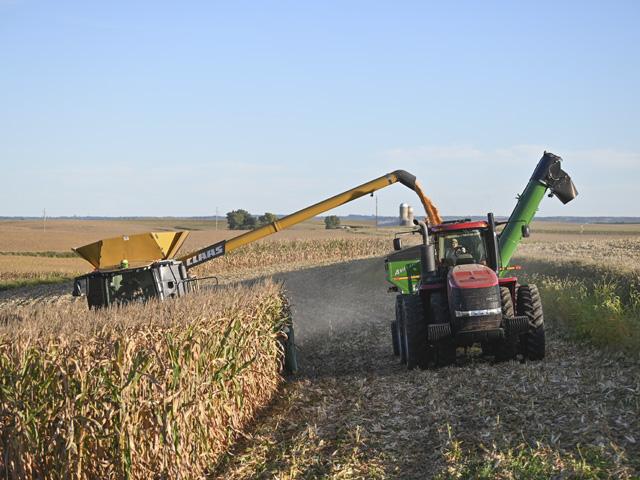WeatherLink
South America Watch
All eyes, or at least a large portion of them, will closely track the crop weather scene in South America. Beginning during the month of October and continuing well into the following June, the weather fortunes in Brazil and Argentina have a top-shelf reservation in the U.S.--and, for that matter, the world--ag community.
Such attention is a good use of time and effort. The last two years have seen both sides of the weather coin in South America. In the 2017-18 year, Brazil's entire crop cycle was displaced by, first of all, a very dry October 2017, which delayed the start of soybean planting.
P[L1] D[0x0] M[300x250] OOP[F] ADUNIT[] T[]
That meant a later start to soybean harvest in the first quarter of 2018; and, at the end of the soybean season, planting of the Brazil second-crop corn, known as safrinha, was also delayed. The delay in this planting came back to haunt the 2018 crop because of an early end to the rainy season in 2018, which left corn with no moisture to work with. Lower yields and production were logged. And, during the spring season in 2018 in the U.S., corn prices rallied. It's not a coincidence.
Meanwhile, Argentina's 2017-18 production was reduced because of drought and heat in January and February 2018 mostly because of the drying influence of a La Niña Pacific Ocean sea surface temperature pattern. Argentina's production issues added to the problems that Brazil experienced. In terms of world grain and oilseed supply, South America was not a dependable contributor during that time.
SEASONAL FORTUNE
The 2018-19 Brazil and Argentina crop year was a completely different entity. Brazil had rainfall begin during September, which allowed soybean planters to hit the fields on time for soybean planting. A spell of dryness in mid-season crimped the production in south-central Brazil; but overall, the soybean crop did well. And, the timely planting of the soybean crop allowed for the safrinha corn crop to get planted in good time to catch the last portion of the rainy season.
Argentina shared in those better weather fortunes. Pacific Ocean temperatures were at warm El Niño levels during the first half of 2019. That ocean temperature pattern helped fuel better rains in Argentina, and production responded accordingly. Soybean output, in particular, was sharply higher than in the 2017-18 season.
The 2019-20 South America crop year is just underway. And, while the season is going to be in play for a number of months, the time period through the middle to latter part of December will command very close attention. This is the part of the South America season when crops are getting established, so favorable rain and temperature conditions will be key to the final harvest. We have seen just in the past U.S. crop season how a good start to crops is beneficial throughout the entire life cycle. So, now is the time for the South America spotlight.
Read Bryce's weather blog at about.dtnpf.com/weather.
You may email Bryce at bryce.anderson@dtn.com, or call 402-399-6419.
[PF_1019]
Copyright 2019 DTN/The Progressive Farmer. All rights reserved.



